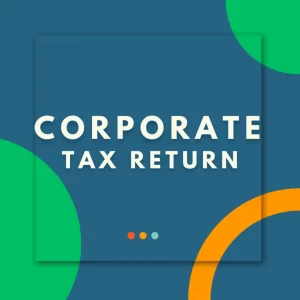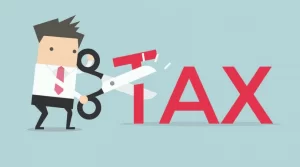The tax rules state that each time you change the use of a property, you’re considered to have sold the property at its fair market value and to have immediately reacquired the property for the same amount, which becomes your new tax cost or adjusted cost base. As a result, the general rule is that upon such a change in use, you’re required to report the resulting capital gain (or, in some cases, capital loss) in the tax year this change of use occurs. This is a Income Tax Guide to Converting your principal residence into a rental property.
Converting your principal residence into a rental property
If the property was your principal residence prior to the change of use, you don’t have to pay tax on any
accrued gain. In the past, it was the CRA’s administrative policy that when you disposed of your principal
residence, you didn’t have to report the sale on your tax return if you were eligible for the full PRE. Since 2016, you must report the sale and designation of principal residence on Schedule 3, Capital Gains of your return to be eligible for the PRE. On Schedule 3, you’ll need to report basic information such as the date of acquisition of the residence, a description of the property and the proceeds of disposition. Completion of CRA Form T2091 (IND), Designation of a Property as a Principal Residence by an Individual (Other Than a Personal Trust) is also be required.
The good news is, however, that when you change your principal residence to a rental property, you may be able to make a special tax election to not be considered as having started to use your principal residence as rental property and thus, you can avoid reporting this gain in the year of the change in use.
If you make this election, however, you can’t claim any tax depreciation — known as capital cost allowance (CCA) — on the property and you still need to report the net rental income you earn each year.
While your election is in effect, you can designate the property as your principal residence for up to four years, even if you don’t use your property as your principal residence; however, you can only do this if you don’t designate any other property, such as a vacation home or cottage, as your principal residence during this period of time.
If you make this election and then move back into your residence, there are no immediate tax consequences as a result of moving back.
Changing your rental property to a principal residence
What if you decide to move into a home that you previously rented to a tenant? When you change your rental property to a principal residence, you can also elect to postpone reporting the disposition of your property until you actually sell it. This election can only be made, however, if you haven’t claimed any CCA on the property. If you make this election, you can designate the property as your principal residence for up to four years before you actually occupy it as your principal residence.
Fortunately, this election need only be made by the filing due date of the return for the year in which you
actually sell the proper.
Changing part of your principal residence to a rental property
Finally, what if you decide to convert only part of your principal residence into a rental property? While technically the change of use rule above applies, the CRA will consider you to haven’t changed its use if your rental use of the property is “relatively small in relation to its use as your principal residence,” you don’t make any structural changes to the property and you don’t deduct any CCA on the part you’re using for rental purposes.
If you meet these three conditions, the whole property may qualify as your principal residence, even though you’re using part of it for rental purposes. If you don’t meet these conditions, there’ll be a deemed disposition of the portion of the property that’s converted to rental use. When you actually sell the property, you’re required to allocate the selling price between the part you used for your principal residence and the part you used for rental purposes. The CRA will accept a split based on square meters or the number of rooms, provided the split is “reasonable.” You must then report any capital gain on the part you used for rental purposes.
The election described above was not available if there was only a partial change in use of the property prior to March 19, 2019; however, changes to the tax rules now permit the election to be made for a partial change in use of property that occurred on or after March 19, 2019.
If you are converting your principal residence into a rental property and looking for professional guidance than contact Abdullah CPA for personalized advise.






